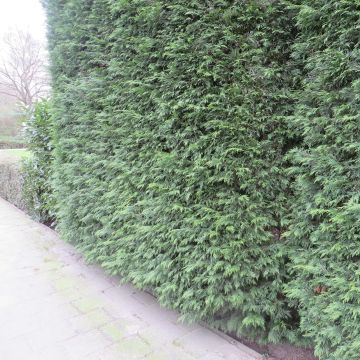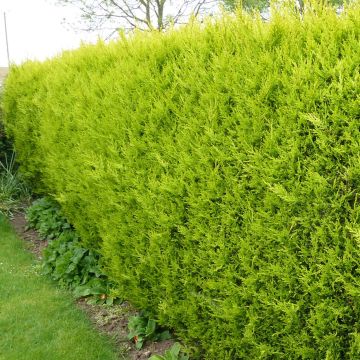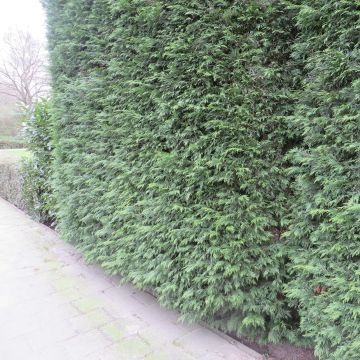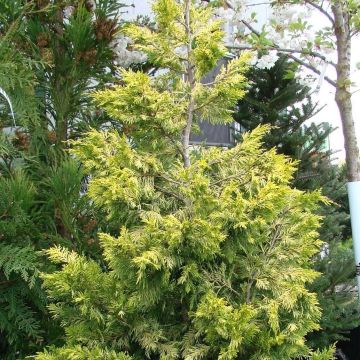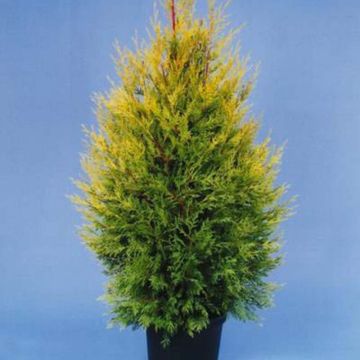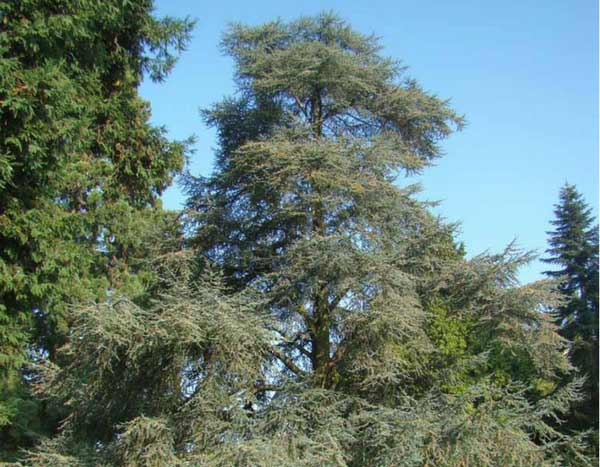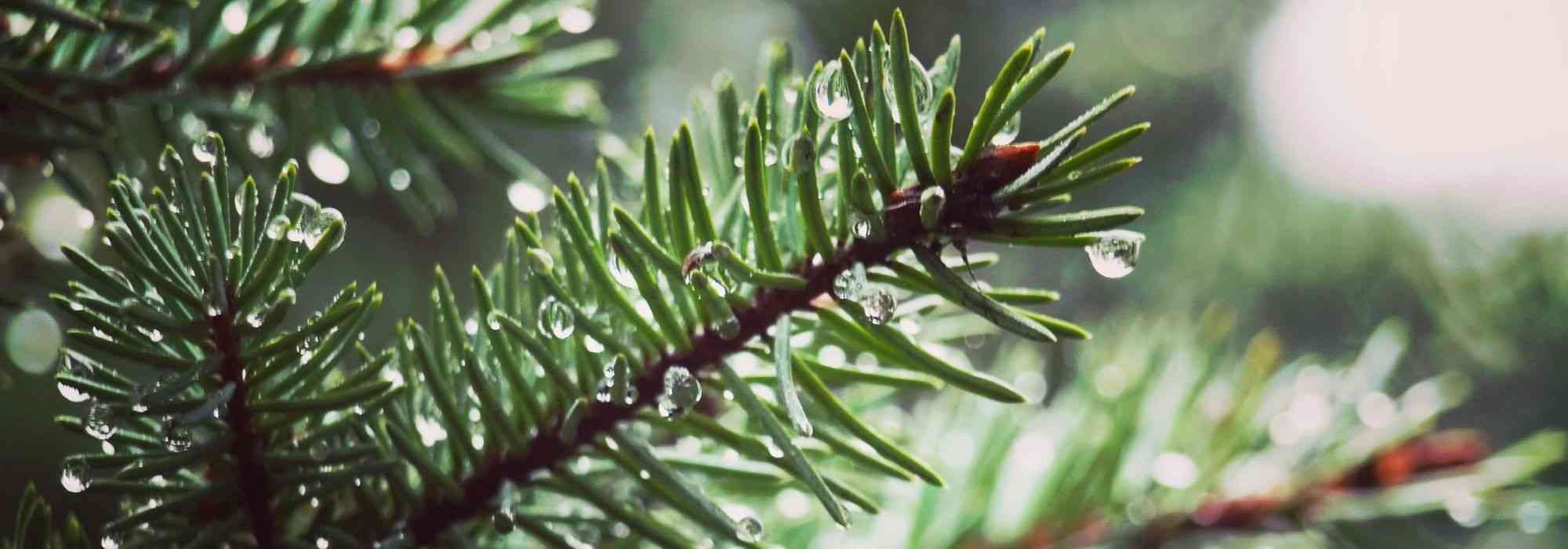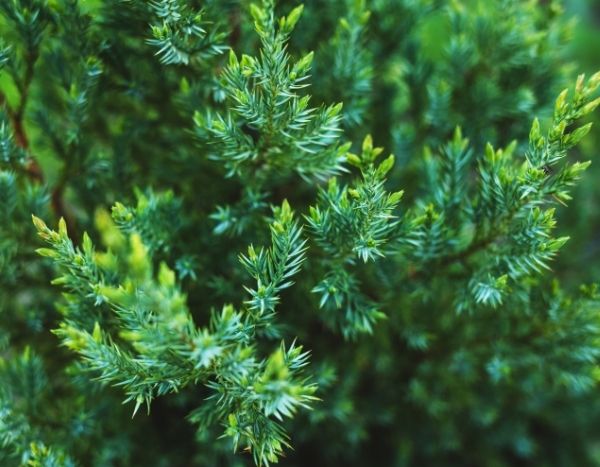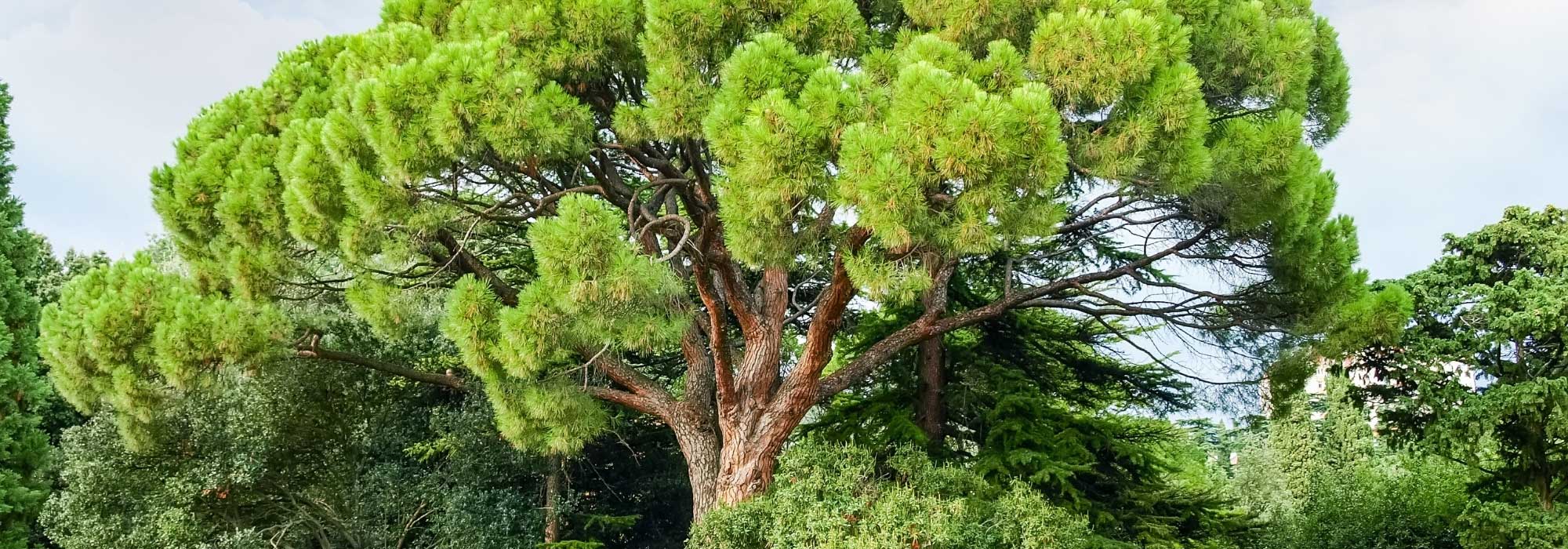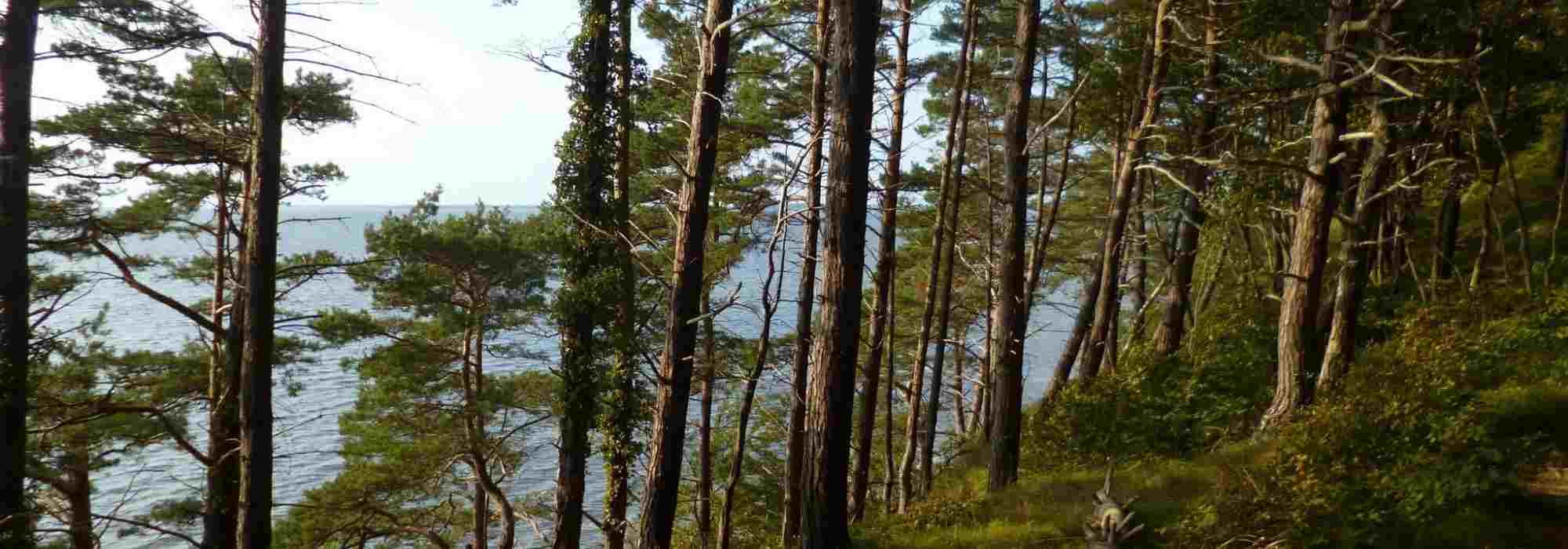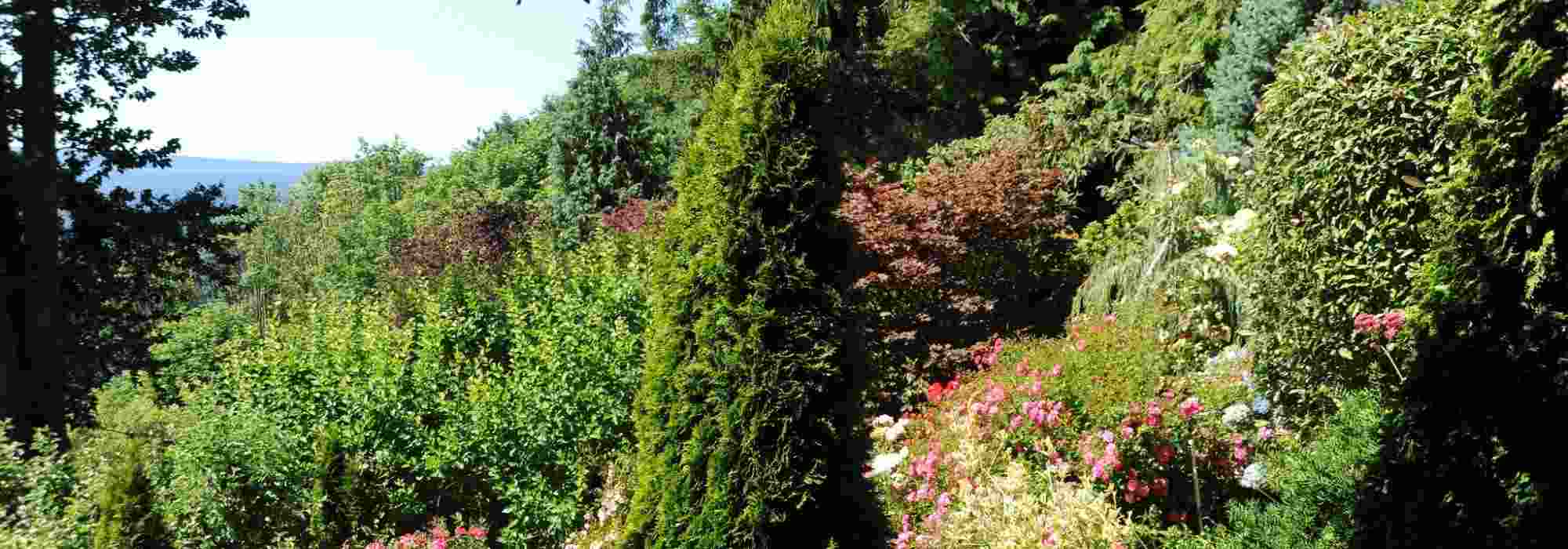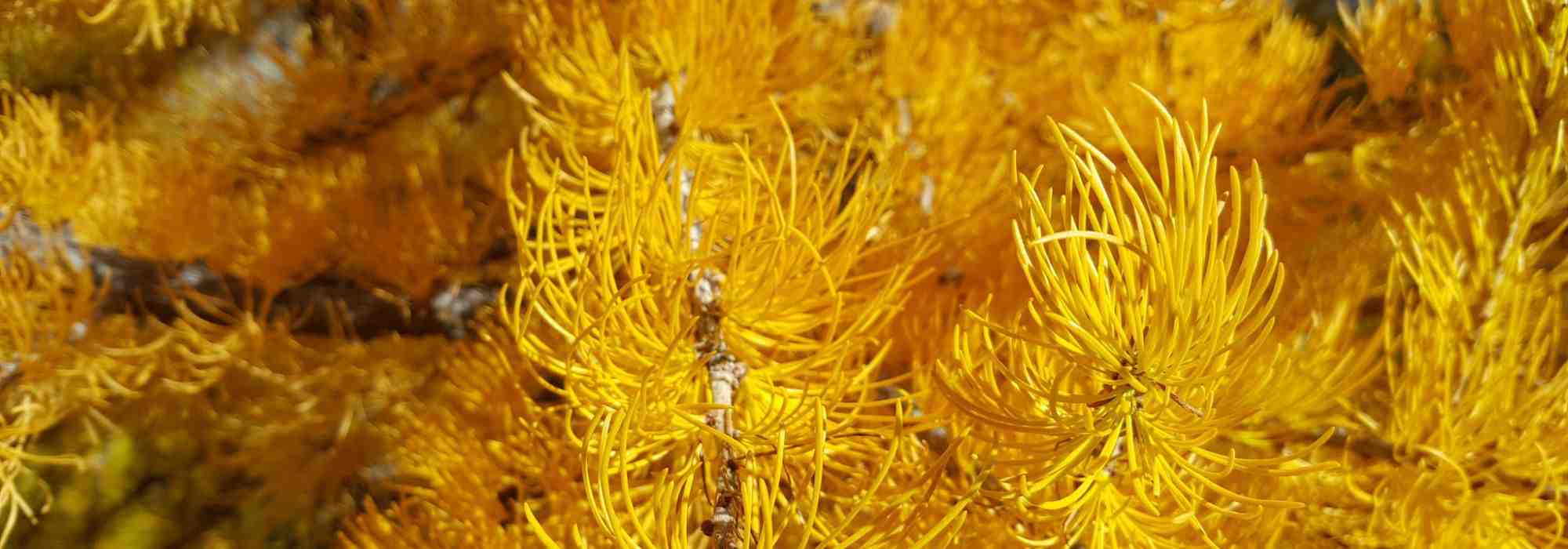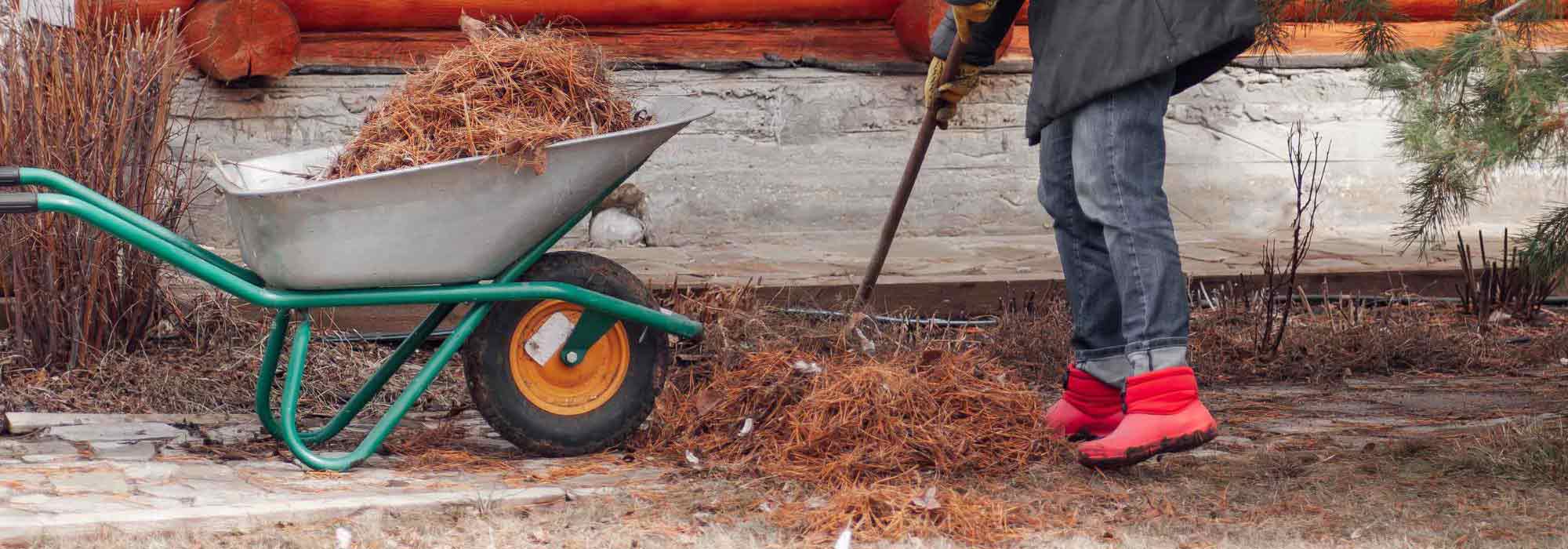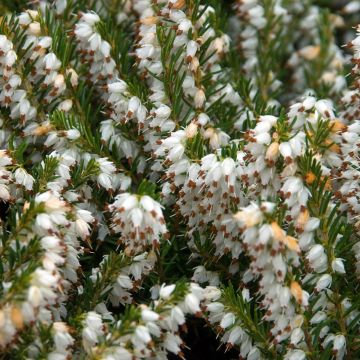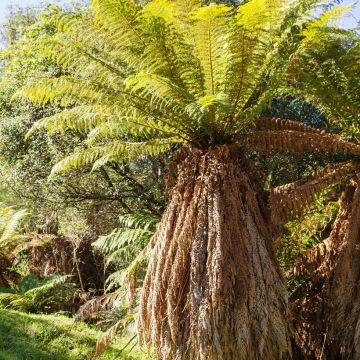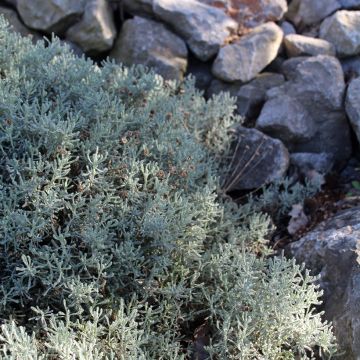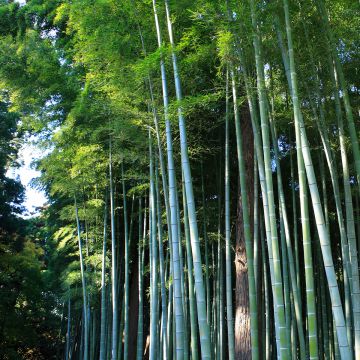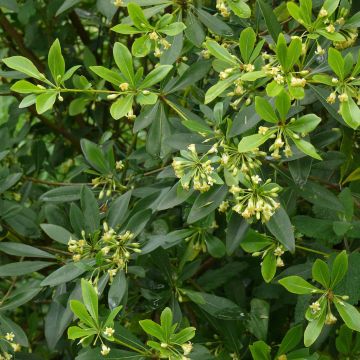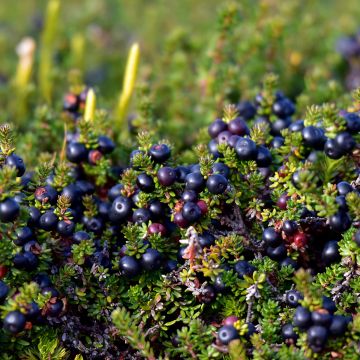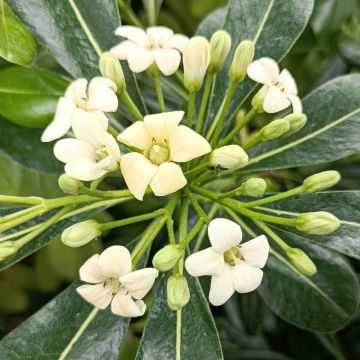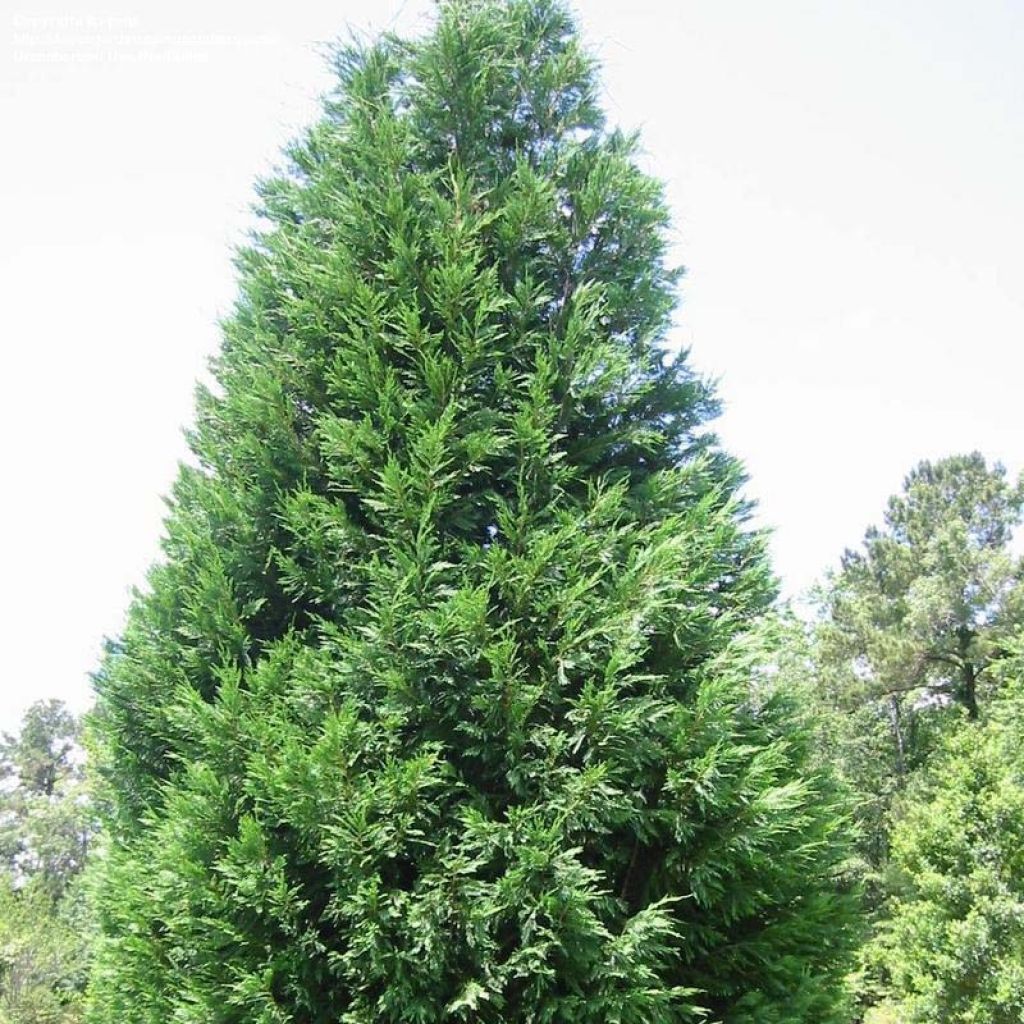

Cupressocyparis leylandii Oger
Cupressocyparis leylandii Oger
Cupressocyparis leylandii Oger
Leyland Cypress
Lovely specimens received.
Tibo, 16/12/2024
Special offer!
Receive a €20 voucher for any order over €90 (excluding delivery costs, credit notes, and plastic-free options)!
1- Add your favorite plants to your cart.
2- Once you have reached €90, confirm your order (you can even choose the delivery date!).
3- As soon as your order is shipped, you will receive an email containing your voucher code, valid for 3 months (90 days).
Your voucher is unique and can only be used once, for any order with a minimum value of €20, excluding delivery costs.
Can be combined with other current offers, non-divisible and non-refundable.
Home or relay delivery (depending on size and destination)
Schedule delivery date,
and select date in basket
This plant carries a 24 months recovery warranty
More information
We guarantee the quality of our plants for a full growing cycle, and will replace at our expense any plant that fails to recover under normal climatic and planting conditions.
Does this plant fit my garden?
Set up your Plantfit profile →
Description
Cupressocyparis leylandii 'Oger' is a variety of Leyland Cypress that is more compact and requires less width pruning. It is narrower and stockier than other varieties, and does not requiring staking at planting. Its thick and dense foliage provides good screening. Fast-growing, this conifer forms a tall pyramid in a few years if left to grow freely. Its growth can be controlled through pruning, making it suitable for use in an evergreen hedge. While it creates beautiful green screens, this Leyland Cypress can also be used as a standalone plant or mixed with other large shrubs in a hedge that promotes biodiversity in the garden. Low-maintenance and hardy, it tolerates relatively poor, limestone, clay soils, pollution, sea spray, and salty mist. However, rocky soils and very dry climates should be avoided.
Cupressocyparis leylandii is a spontaneous hybrid between Cupressus macrocarpa, the Monterey Cypress or Lambert Cypress, native to forests along the central Californian coast, and Chamaecyparis nootkatensis, the Nootka Cypress, native to the northern part of the western coast of North America. These two hardy, large-growing conifers are tolerant of different soil types and prefer relatively humid climates. Both belong to the Cupressaceae family.
The 'Oger' cultivar, discovered in a French garden, differs from the classic Leyland Cypress mainly in its compact vegetation, straight leader, stronger branches, denser foliage, and smaller size. Similar to the '2001' cultivar, it is even denser and narrower.
Its growth is very fast after an establishment period. 'Oger' grows about 60 cm (23.6 in) per year, reaching an average height of 10 m (32.8 ft) and a width of 4 m (13.1 ft) if left unpruned. Regular pruning (1 to 2 times per year) will be necessary to maintain it at a height of 5 m (16.4 ft) and a width of 1.5 m (4.9 ft) in a conventional hedge. This conifer has a naturally columnar, elegant habit that resembles that of a Thuja. Its flexible, upright branches are adorned with coarse foliage. The foliage is aromatic when crushed, with a slightly acidic aroma. Its small, triangular, blunt leaves are imbricate on short, cylindrical branchlets. In spring, this conifer produces pollen that can cause allergies in some people. The female cones are globose and green, turning brown when ripe. The reddish-brown bark becomes greyish with age. The root system of this tree is taprooted, allowing it to anchor deeply in the soil to draw water and nutrients and resist even strong winds. It has very good hardiness, to around -15° C to 20° C.
'Oger' is perfect for a large, defensive, non-adjacent hedge, preferably pruned minimally. In this use, it eliminates the need for repeated pruning. It is highly recommended in urban gardens or very windy coastal areas, and widely planted in housing developments. This cypress provides a permanent decoration throughout the year while effectively acting as a privacy screen. Planted as a standalone or in groups of 3, it has a distinguished appearance. Like many conifers, it blends well in gardens of all styles. Also, try creating a diverse evergreen hedge by combining it with Elaeagnus ebbingei, Photinia 'Red Robin', Hicksii Hybrid Yew, holly, Japanese Spindle, or Griselinia littoralis, Olearia traversii, strawberry trees, and evergreen oaks in climates that are not too cold.
Report an error about the product description
Cupressocyparis leylandii Oger in pictures
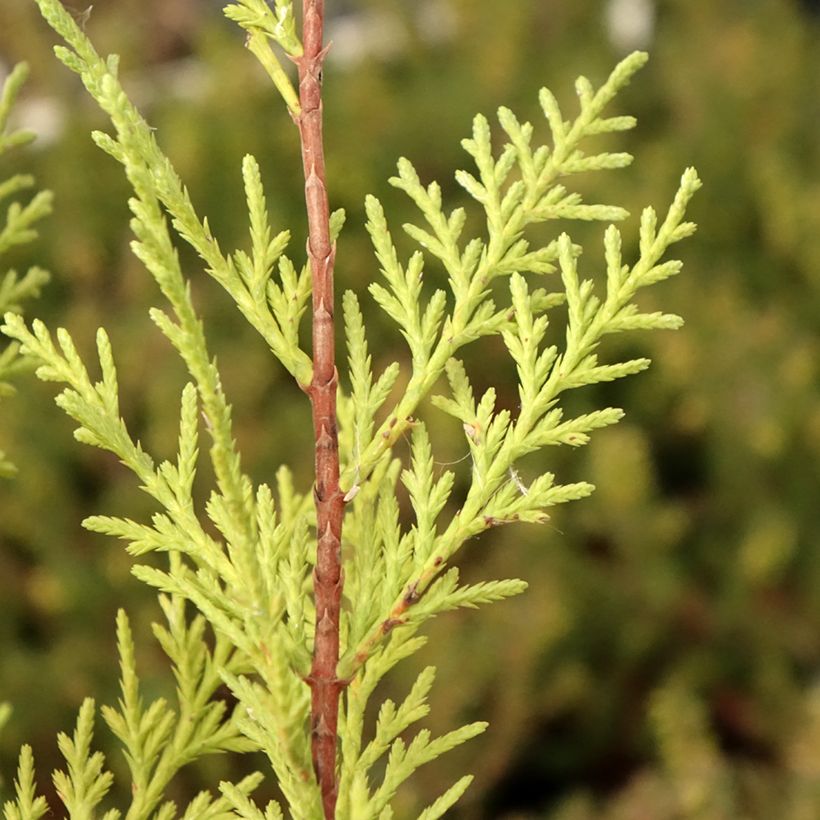

Plant habit
Flowering
Foliage
Botanical data
Cupressocyparis
leylandii
Oger
Cupressaceae
Leyland Cypress
Cultivar or hybrid
Other Cupressocyparis
View all →Planting and care
Plant in a sunny position in ordinary but well-prepared and deep soil, as its taproot will need to go down to find water and ensure a good anchorage for its tall stature. Carefully choose its location, as its large pivoting main root does not at all appreciate being disturbed or broken. This conifer does not need to be staked at planting. If it is very exposed to the wind, brace it until it settles.
Trees planted in isolation naturally develop a beautiful shape, which should not be disturbed by pruning. On the other hand, those used in hedges can be pruned regularly, but sparingly. Apply a healing balm to the most severe wounds. It should be noted here that cypresses are wary of pruning, which makes them susceptible to diseases and condemns them in the long run. A plant established in rich and moist soil will naturally be more resistant to diseases and pests, especially if it is minimally pruned.
This conifer can be susceptible to canker (a pathogenic fungus), especially if it undergoes repeated pruning or injuries. Its most common parasites are red spider mite, aphids, scale insects, bark beetles, and jewel beetles, which are aggressive in hot and dry weather. It is advisable to mist the foliage in hot and dry weather to prevent mite proliferation.
Planting period
Intended location
Care
Planting & care advice
-
, onOrder confirmed
Reply from on Promesse de fleurs
Similar products
Haven't found what you were looking for?
Hardiness is the lowest winter temperature a plant can endure without suffering serious damage or even dying. However, hardiness is affected by location (a sheltered area, such as a patio), protection (winter cover) and soil type (hardiness is improved by well-drained soil).

Photo Sharing Terms & Conditions
In order to encourage gardeners to interact and share their experiences, Promesse de fleurs offers various media enabling content to be uploaded onto its Site - in particular via the ‘Photo sharing’ module.
The User agrees to refrain from:
- Posting any content that is illegal, prejudicial, insulting, racist, inciteful to hatred, revisionist, contrary to public decency, that infringes on privacy or on the privacy rights of third parties, in particular the publicity rights of persons and goods, intellectual property rights, or the right to privacy.
- Submitting content on behalf of a third party;
- Impersonate the identity of a third party and/or publish any personal information about a third party;
In general, the User undertakes to refrain from any unethical behaviour.
All Content (in particular text, comments, files, images, photos, videos, creative works, etc.), which may be subject to property or intellectual property rights, image or other private rights, shall remain the property of the User, subject to the limited rights granted by the terms of the licence granted by Promesse de fleurs as stated below. Users are at liberty to publish or not to publish such Content on the Site, notably via the ‘Photo Sharing’ facility, and accept that this Content shall be made public and freely accessible, notably on the Internet.
Users further acknowledge, undertake to have ,and guarantee that they hold all necessary rights and permissions to publish such material on the Site, in particular with regard to the legislation in force pertaining to any privacy, property, intellectual property, image, or contractual rights, or rights of any other nature. By publishing such Content on the Site, Users acknowledge accepting full liability as publishers of the Content within the meaning of the law, and grant Promesse de fleurs, free of charge, an inclusive, worldwide licence for the said Content for the entire duration of its publication, including all reproduction, representation, up/downloading, displaying, performing, transmission, and storage rights.
Users also grant permission for their name to be linked to the Content and accept that this link may not always be made available.
By engaging in posting material, Users consent to their Content becoming automatically accessible on the Internet, in particular on other sites and/or blogs and/or web pages of the Promesse de fleurs site, including in particular social pages and the Promesse de fleurs catalogue.
Users may secure the removal of entrusted content free of charge by issuing a simple request via our contact form.
The flowering period indicated on our website applies to countries and regions located in USDA zone 8 (France, the United Kingdom, Ireland, the Netherlands, etc.)
It will vary according to where you live:
- In zones 9 to 10 (Italy, Spain, Greece, etc.), flowering will occur about 2 to 4 weeks earlier.
- In zones 6 to 7 (Germany, Poland, Slovenia, and lower mountainous regions), flowering will be delayed by 2 to 3 weeks.
- In zone 5 (Central Europe, Scandinavia), blooming will be delayed by 3 to 5 weeks.
In temperate climates, pruning of spring-flowering shrubs (forsythia, spireas, etc.) should be done just after flowering.
Pruning of summer-flowering shrubs (Indian Lilac, Perovskia, etc.) can be done in winter or spring.
In cold regions as well as with frost-sensitive plants, avoid pruning too early when severe frosts may still occur.
The planting period indicated on our website applies to countries and regions located in USDA zone 8 (France, United Kingdom, Ireland, Netherlands).
It will vary according to where you live:
- In Mediterranean zones (Marseille, Madrid, Milan, etc.), autumn and winter are the best planting periods.
- In continental zones (Strasbourg, Munich, Vienna, etc.), delay planting by 2 to 3 weeks in spring and bring it forward by 2 to 4 weeks in autumn.
- In mountainous regions (the Alps, Pyrenees, Carpathians, etc.), it is best to plant in late spring (May-June) or late summer (August-September).
The harvesting period indicated on our website applies to countries and regions in USDA zone 8 (France, England, Ireland, the Netherlands).
In colder areas (Scandinavia, Poland, Austria...) fruit and vegetable harvests are likely to be delayed by 3-4 weeks.
In warmer areas (Italy, Spain, Greece, etc.), harvesting will probably take place earlier, depending on weather conditions.
The sowing periods indicated on our website apply to countries and regions within USDA Zone 8 (France, UK, Ireland, Netherlands).
In colder areas (Scandinavia, Poland, Austria...), delay any outdoor sowing by 3-4 weeks, or sow under glass.
In warmer climes (Italy, Spain, Greece, etc.), bring outdoor sowing forward by a few weeks.






























